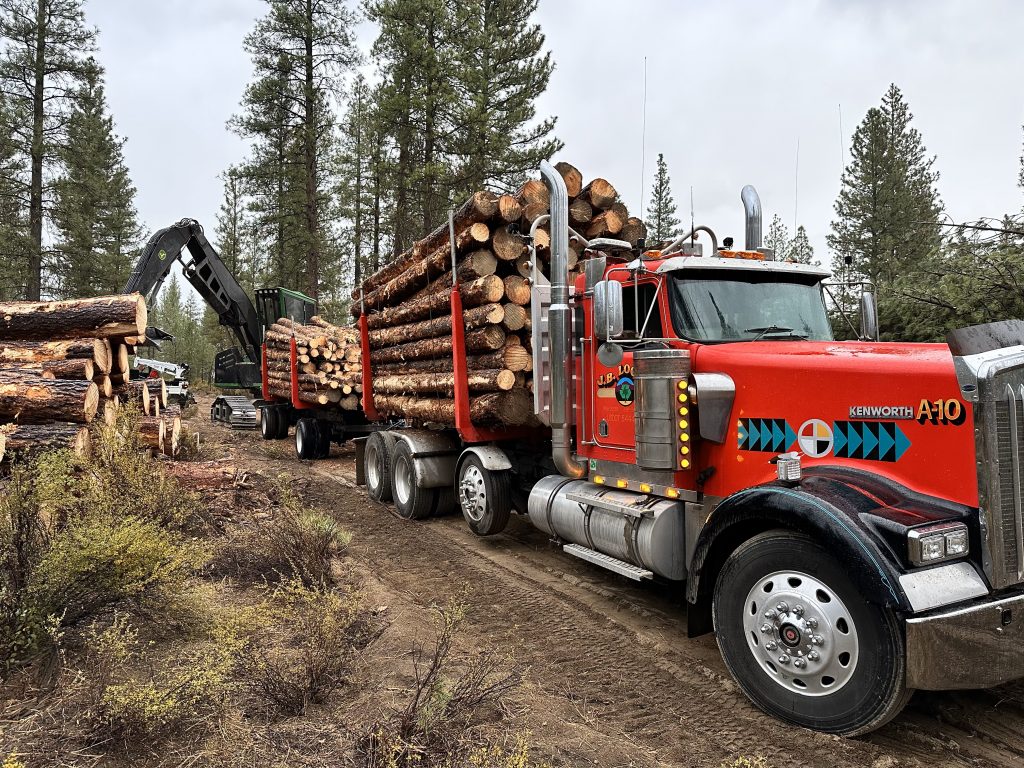Hawks Project’s Crucial Role Amid the West’s Ongoing Wildfire Crisis
As the year closes, the USDA Forest Service and NWTF’s Hawks project under the Region 6 Supplemental Project Agreement stands out as one of the many critical conservation efforts taking place in the West amid the ongoing national wildfire crisis.
Work for the project began in late September, focusing on fuel removal and habitat enhancement within the Fremont-Winema National Forest near Chiloquin, Oregon. Notably, this project has subcontracted Patriot Restoration Ops (PROPS), a nonprofit organization dedicated to assisting veterans in transitioning from military service to civilian life, to complete conservation work.
As of December, the Hawks project has successfully harvested 773 acres of standing timber, including skidding (transporting logs to a landing) and decking (preparing timber for sale). The remaining 3,265 acres within the project are slated for completion in the first few months of 2024.
Of the harvested logs, 406 truckloads have been transported to Gilchrist Forest Products in Oregon for debarking and inspection. This crucial step ensures that logs harvested in California do not carry potentially invasive species and pathogens to other parts of the country, causing damage to forest ecosystems.

Following this process, the logs are then transported to a railyard in Klamath Falls, Oregon, for further transportation via railcars to Wyoming. The Hawks project provides wood volume to mills, in continuation of the Timber Transport Pilot.
To date, the Hawks project has delivered 44 railcars to Upton, Wyoming. Here, the logs are loaded on trucks and delivered to either Devils Tower Forest Products in Wyoming or Spearfish Forest Products in Spearfish, South Dakota.
The importance of the Hawks project is underscored by its numerous benefits, including meadow and riparian restoration, wildlife habitat restoration, decreased risk of catastrophic wildfires, safer communities and much more.
This work is a component of the Wildfire Crisis Strategy, which the Forest Service formally announced in January 2022. Almost two years into the 10-year effort, the Wildfire Crisis Strategy is implementing a scaled-up, cross-boundary approach to reduce 20 million acres of hazardous fuels on Forest Service lands and up to 30 million acres beyond Forest Service lands with an array of agency, tribal and conservation partners. The NWTF has worked with the Forest Service in both developmental and implementational capacities on the strategy.
